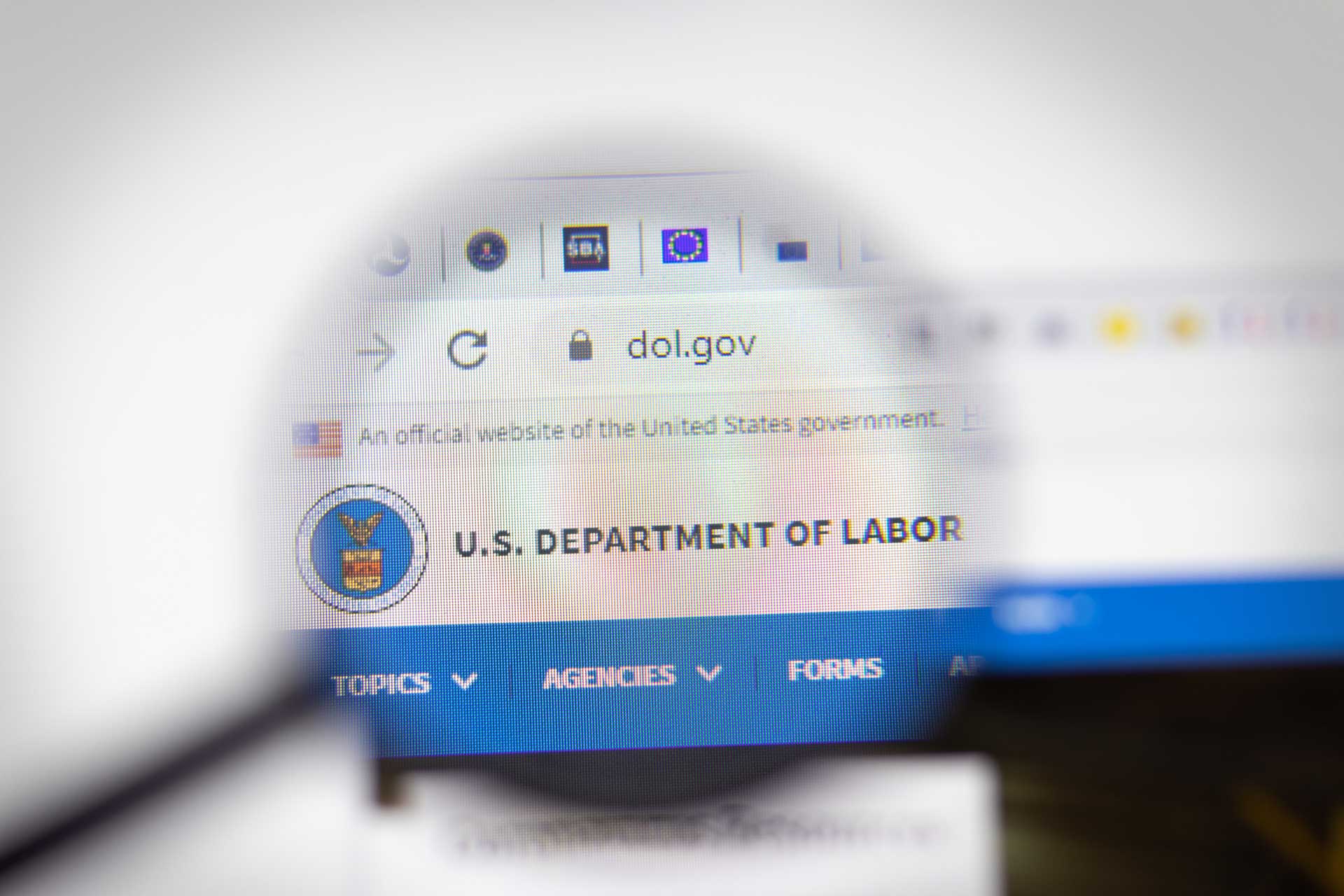January might feel far away, but it will be here before you know it (along with freezing temperatures and lots and lots of snow, sorry New Yorkers, you know the drill). Like winterizing your home or prepping for the change in seasons, millions of student loan borrowers have another addition to tack onto their winter to-do list before we hit the New Year. Overall, there are 2.7 million student loan borrowers in New York, with debt totaling $99.8 billion. New York borrowers carry an average balance of $35,638 each — though that’s 3% lower than the average borrower in the U.S. ($36,689). Below, you’ll find extremely important and time-sensitive student loan repayment reactivation information to pass along to student loan borrowers in your life before time runs out.
Student loan payments, interest accruals, and collections of defaulted federal student loans have all been on hold since the start of the pandemic — first thanks to the CARES Act, then due to extensions from former President Donald Trump, former Education Secretary Betsy DeVos, and President Biden. This August, the U.S. Department of Education announced a final extension of the student loan payment pause until Jan. 31, 2022.
So, how can borrowers prepare for repayments to resume?
Below are three steps to pass along to borrowers, so they can ensure they’re prepared for payments to resume:
- Update your contact information in your profile on your loan servicer’s website and in your StudentAid.gov profile.
- Check out Loan Simulator to find a repayment plan that meets your needs and goals or to decide whether to consolidate.
- Consider applying for an income-driven repayment (IDR) plan. An IDR plan can make your payments more affordable, depending on your income and family size.
A further note on repayment strategy – now is a good time for borrowers to reassess their future plans. Encourage borrowers to make sure they can afford the payments when they resume, and if not, dedicate time now to determining what repayment options may be available instead of waiting until January. It’s best to have a list of financial advisers, or certified student loan experts readily available to offer borrowers resources to provide assistance and direction. Also, make sure they know that once the payment suspension ends, they will receive a billing statement or other notice at least 21 days before the payment is due. Encourage them to contact their loan servicer online or by phone to find out what the payment amount will be when payments restart. Loan servicers are the most reliable source for official, up-to-date information about loans. Another helpful tip? The U.S. Department of Education wants to help borrowers learn how to avoid scams. Student loan borrowers should never accept unexpected offers of financial aid or help (such as a “pandemic grant” or “Biden loan forgiveness”) without checking with their school to see if the offer is legit.
The pandemic caused economic shockwaves across the nation, regardless of economic status, everyone surely felt some level of impact.
From family members losing jobs to falling ill, many entered saving mode due to extreme stress and uncertain financial times. Be sure to pass along compassion to borrowers you connect with and direct them to resources. The Federal Student Aid site provides the latest updates about coronavirus student loan relief and its impact on students, borrowers, and parents. For more information on student loan forgiveness legislation, visit the U.S. Department of Education’s website. Of course, our dedicated RBT professional team is also here to provide personalized guidance.




